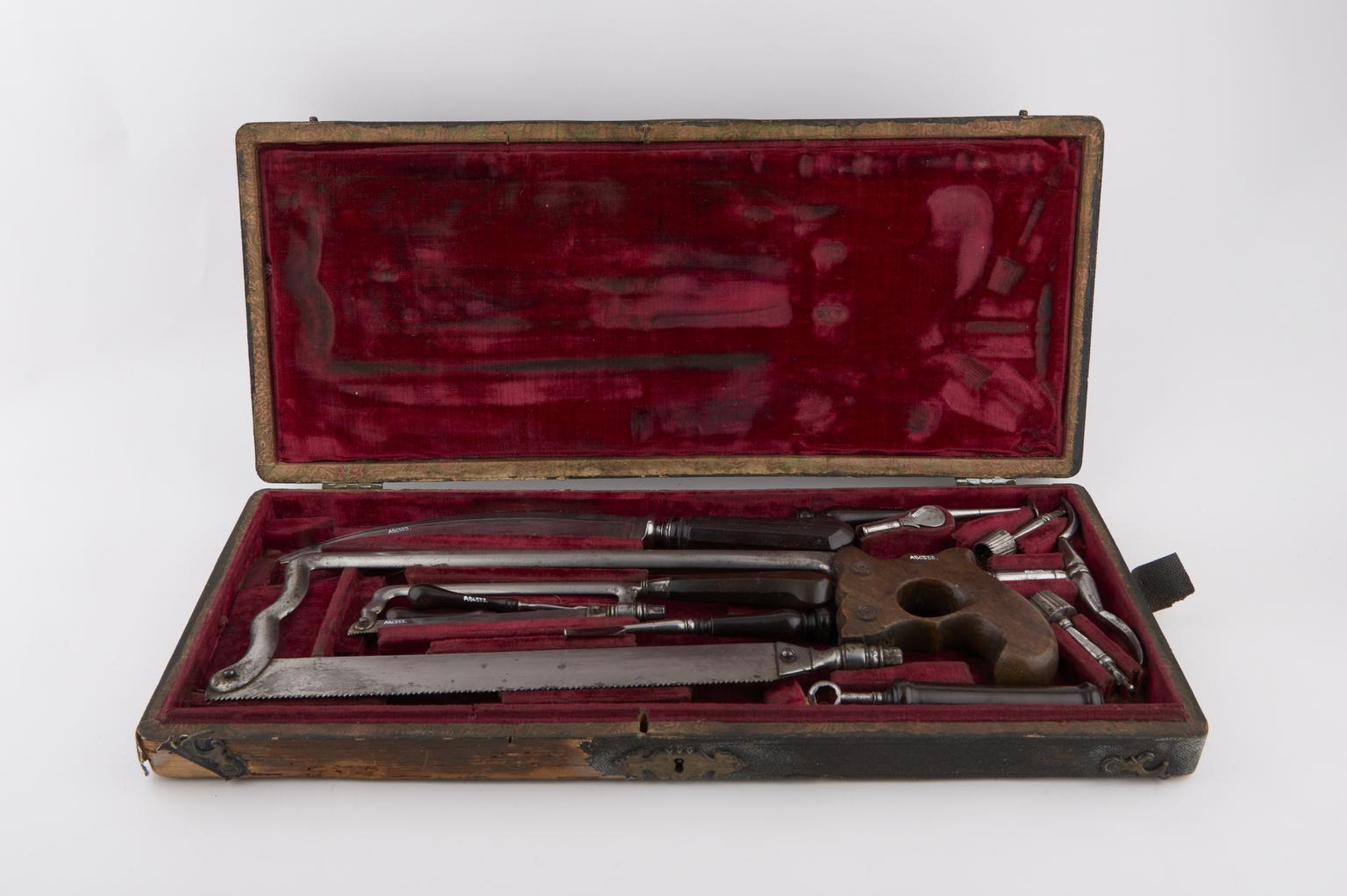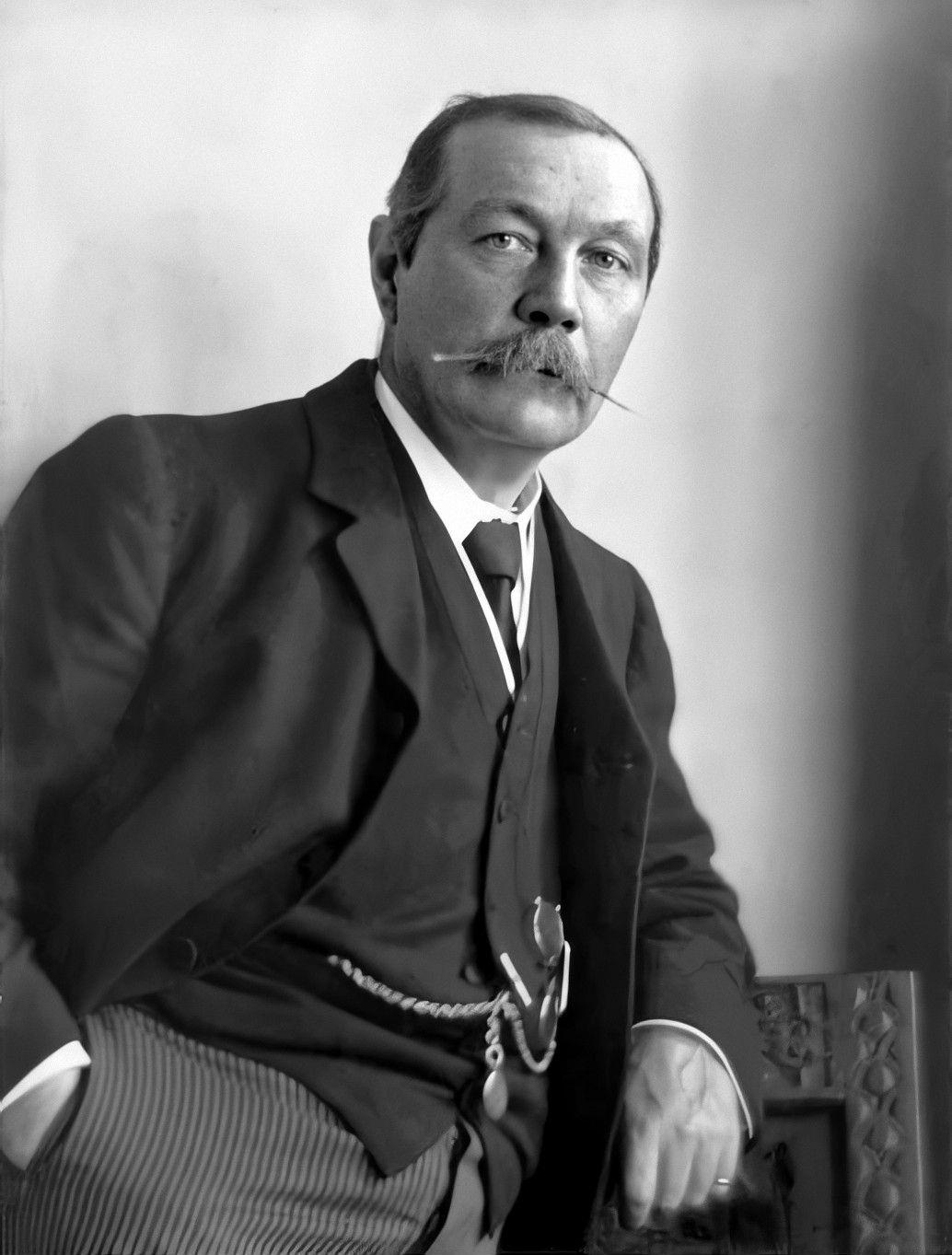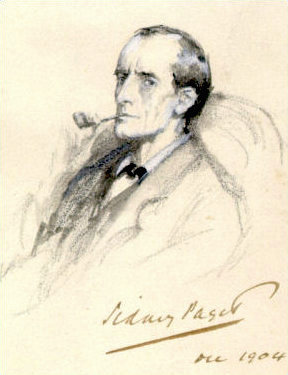Bust of Hippocrates, Engraving 1638, Paulus Pontius (after Rubens)
The February 2025 Art In Medicine topic is about Hippocrates.
Lucinda Bennett, the Medical Librarian at Ascension St Agnes Hospital in Baltimore, MD, publishes a regular series on Art in Medicine and The Health Humanities.
It's only 1-2 pages with gorgeous images, so it won't take you long to read
... and just might enrich your life.
Hippocrates
In the history of the medical arts, there is possibly no more familiar name than Hippocrates. Considered the father
of medicine, Hippocrates’ name is invoked by all graduating physicians, his texts read in a great many classes and
his image shared in various media across time and place. However, as is usually the case, history is often clouded
by myth and this storied doctor is no different. So who was he
really, do we actually know what he looked like, and are his
writings truly written by a single author?
“Hippocrates (born c. 460 bce, island of Cos, Greece—died c. 375
bce, Larissa, Thessaly) was an ancient Greek physician who lived
during Greece’s Classical period … It is difficult to isolate the facts
of Hippocrates’ life from the later tales told about him or to assess
his medicine accurately in the face of centuries of reverence for
him as the ideal physician. About 60 medical writings have
survived that bear his name, most of which were not written by
him. He has been revered for his ethical standards in medical
practice, mainly for the Hippocratic Oath, which, it is suspected,
he did not write. It is known that while Hippocrates was alive, he
was admired as a physician and teacher. His younger
contemporary Plato referred to him twice. In the Protagoras Plato
called Hippocrates “the Asclepiad of Cos” who taught students for
fees, and he implied that Hippocrates was as well known as a
physician as Polyclitus and Phidias were as sculptors.”
(Britannica)
At the time Hippocrates was living and practicing, the perspective
of where medicine lay within ancient Greek life was much
different than how we view that field today. In fact, it was
considered an art rather than a science, which was not yet fully formed as a discipline. As such, the philosophy which Hippocrates was taught and would later teach via medicine, approached treatment of the sick in a manner that is alien to many today. “The term art is used very often, especially in Plato, however, the ancients separated art from other (after intellectual disciplines. Even when they perceive art in this more limited way, they
always tend to include medicine among the arts, such as shoemaking, woodworking, agriculture, rhetoric and
poetry, for the reason that medicine generates health. By creating health, medicine seems both, poetic and utilitarian
art because physicians use a variety of tools and methods in order to achieve health for their society. Since medicine
is the most important of the arts, those who are going to follow it are required to have many spiritual and moral
qualifications if they wish to serve it properly.” (Philosophy & Hippocratic Ethic)
Encyclopedia Britannica states the documents attributed to Hippocrates contain various theories, tones of writing,
and evidence that these works were the cumulative experiences of several individual authors. As with many ancient
texts, they were added to, translated and altered over the centuries. By all accounts Hippocrates was a real man, but
wrote only a fraction of works bearing his name. Still, his impact was felt after his death in the manner in which later scholars and artists would interact with his body of work and even his appearance. “Hippocrates’ reputation,
and myths about his life and his family, began to grow in the Hellenistic period, about a century after his death.
Hippocrates Refuses the Gifts of Artaxerxes, Painting
Anne-Louis Girodet de Roucy-Trioson, 1792
During this period, the Museum of Alexandria in
Egypt collected for its library literary material from
preceding periods in celebration of the past
greatness of Greece. So far as it can be inferred, the
medical works that remained from the Classical
period (among the earliest prose writings in Greek)
were assembled as a group and called the works of
Hippocrates (Corpus Hippocraticum). Linguists and
physicians subsequently wrote commentaries on
them, and, as a result, all the virtues of the Classical
medical works were eventually attributed to
Hippocrates and his personality constructed from
them.” (Britannica) In later centuries these texts
were then expanded upon by Muslim physicians,
further carried the teaching of Hippocrates into a new era, codifying his theories on illness. “By translating masterpieces of Greek learning into Arabic, which would be eventually rendered into Latin, scholar-physicians such as Haly Abbas, Rhazes, Avicenna, and Albucasis performed the extraordinary miracle of reintroducing Greek authors into Western Europe, including Hippocrates and Galen.” (The
Art of Science & Healing) By the modern era, fictions blurred with fact as to what this famous physician did or did
not do. In fact, even his appearance is not honestly known. The elderly man with short hair and a full beard is an
archetype typical of Classical Greece, not a means of true portraiture. How we imagine Hippocrates could be just as
fictional as some of the stories attached to him, such as the instance with the King of Persia, as depicted here. “The
painting is based on a historical and legendary episode that occurred during the reign of Artaxerxes I, when Persia
was ravaged by a devastating plague. In a desperate attempt to save his kingdom, the Persian king sent ambassadors
to Greece to request the help of Hippocrates, the most renowned healer of his time. Artaxerxes offered lavish gifts
and large sums of money to persuade Hippocrates to come to Persia and eradicate the plague. However,
Hippocrates, staying true to his homeland and his ethical principles, rejected the king’s offer. Despite the wealth and
rewards he was promised, Hippocrates chose to remain in Greece, refusing to aid the enemies of his country, even
though it meant forgoing great riches. Soon after, the same plague spread to Greece, affecting the land Hippocrates
had chosen to protect.” (Art Insider)
References:
Hippocrates - Encyclopedia Britannica
The Art Insider
Philosophy and Hippocratic Ethic in Ancient Greek Society: Evolution of Hospital - Sanctuaries
The Art of Science and Healing: From Antiquity to the Renaissance
Reprinted with the generous permission of Ms. Bennett.
![]() This image is released under a CC BY-NC-SA 4.0 License
This image is released under a CC BY-NC-SA 4.0 License

















